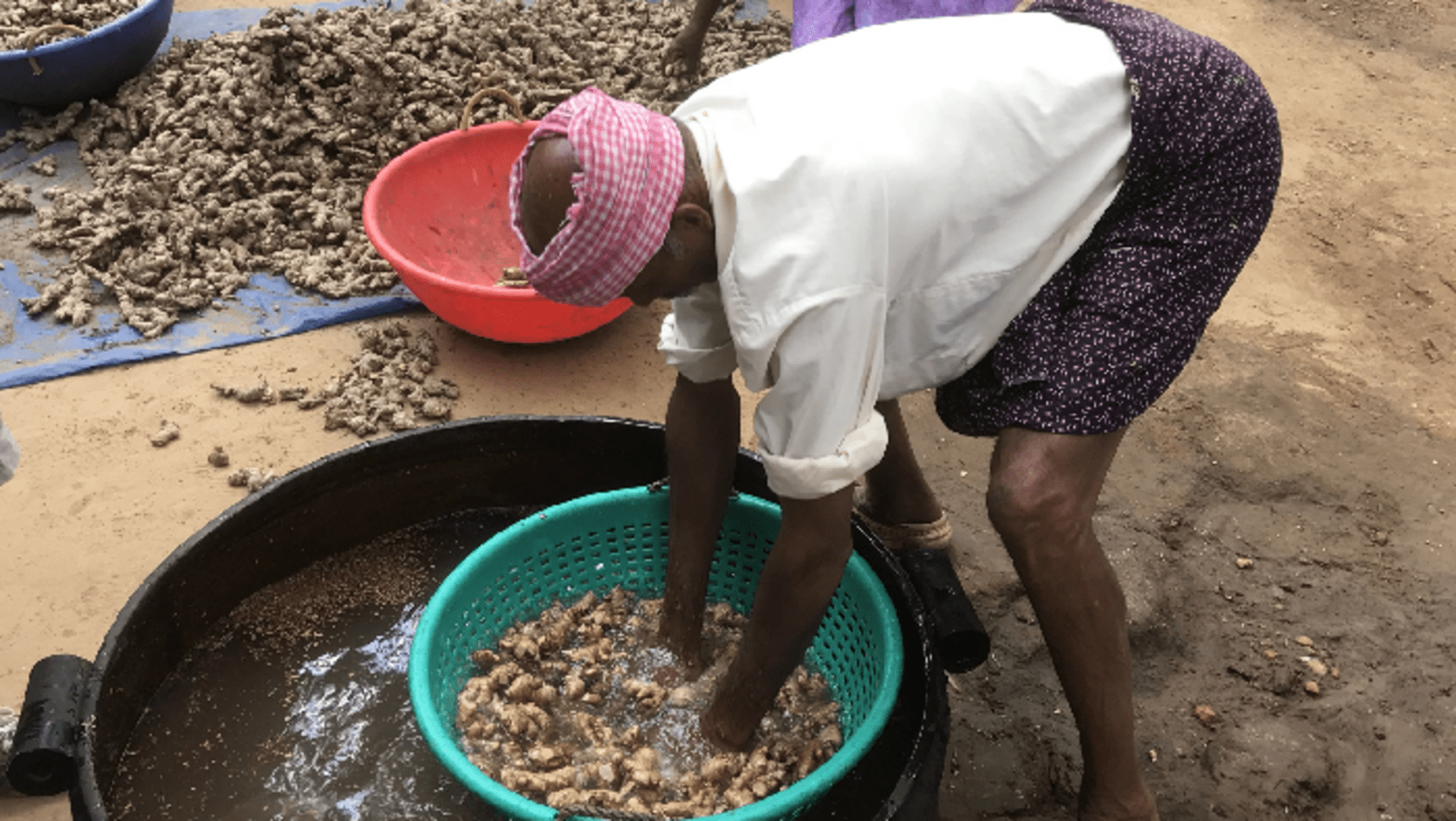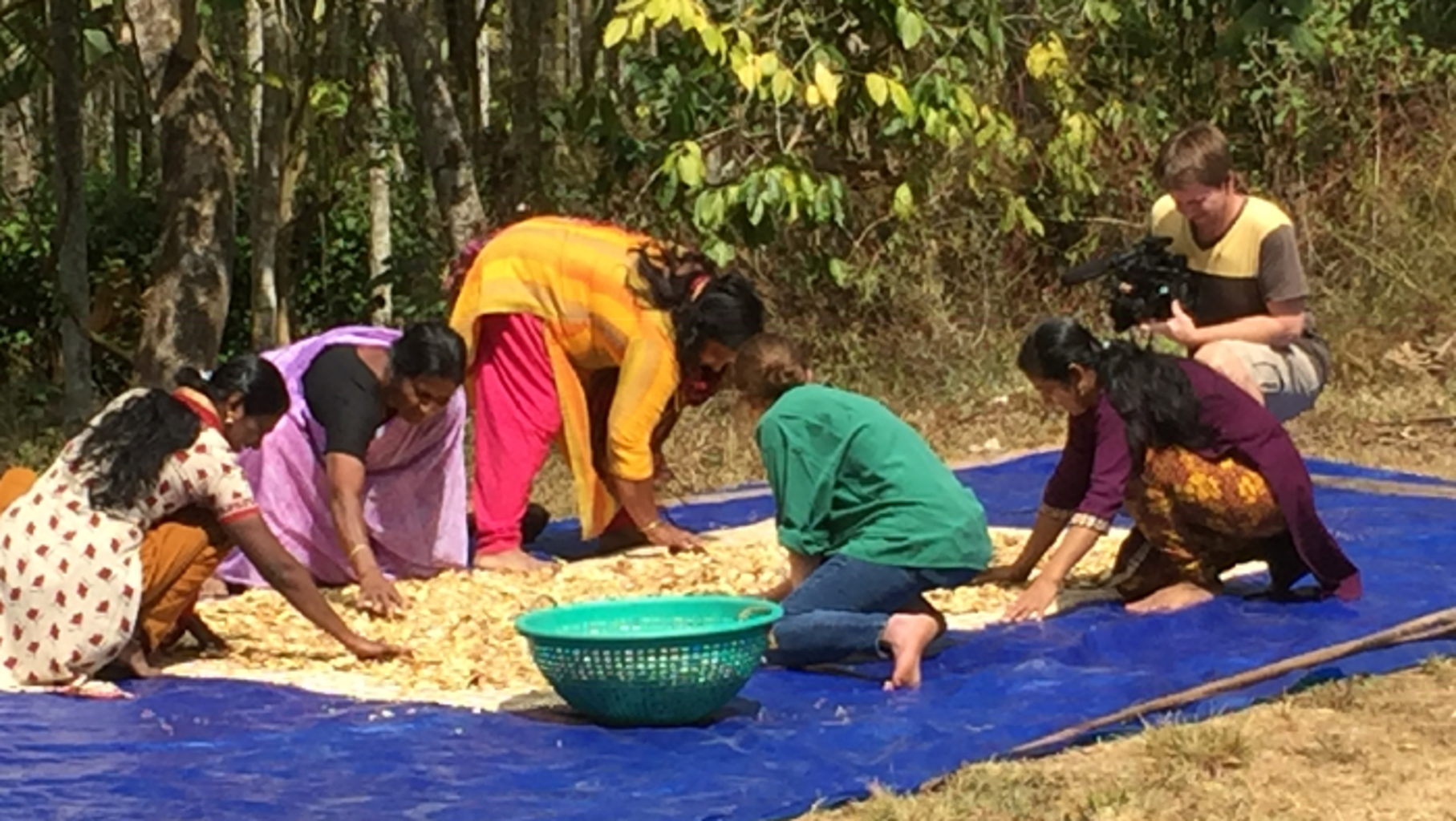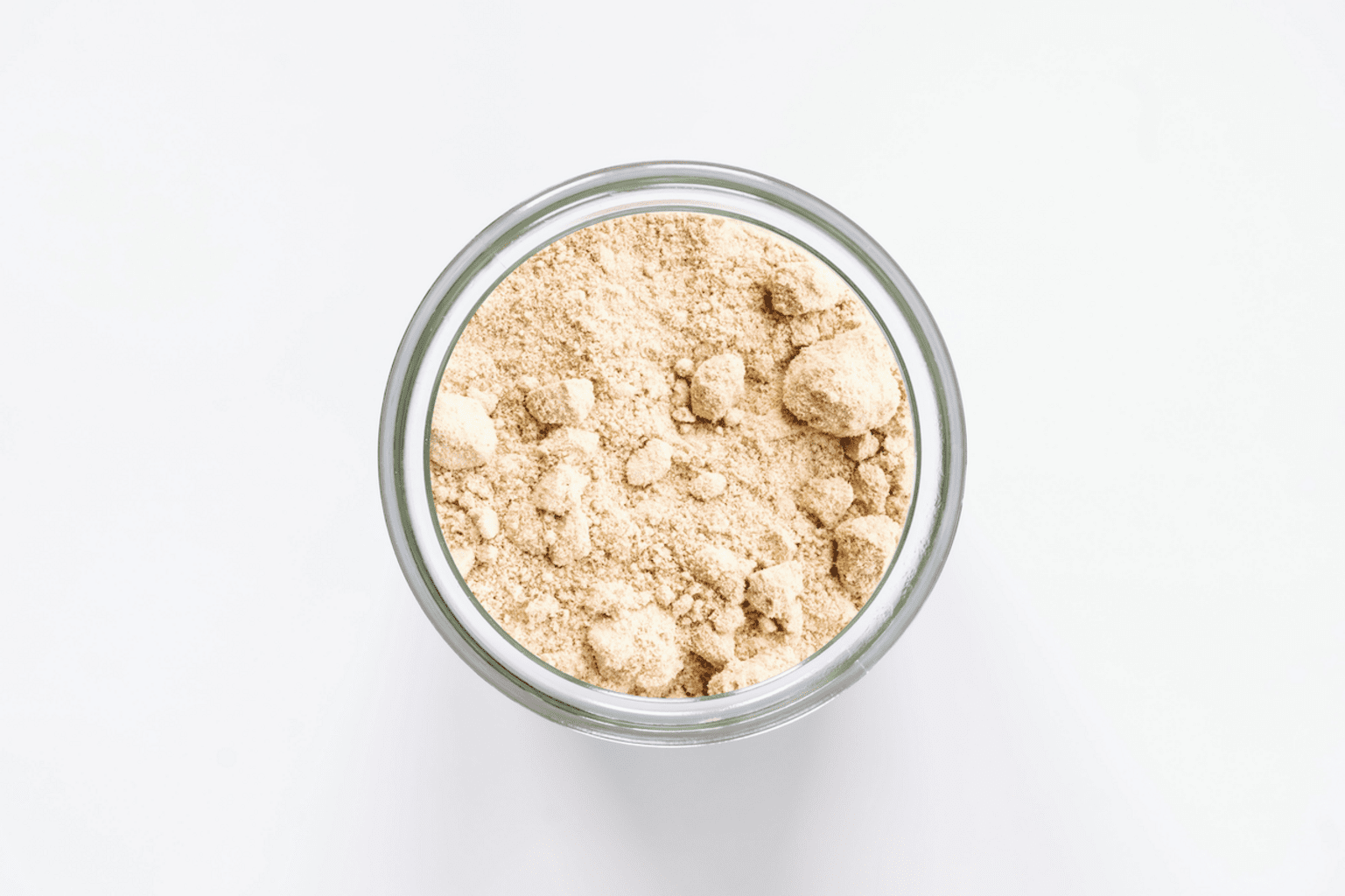Ginger powder
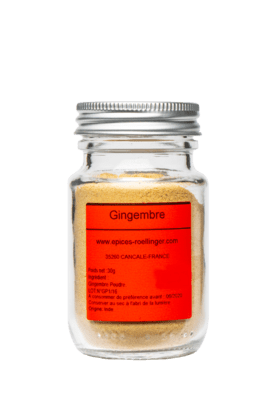
Recommendations
-
Allergens
Absent, except for cross-contamination.
May contain traces of sesame, celery, mustard, soy. - Origin India
- Storage / Use In a cool, dark, dry place.
Olivier Rœllinger's words
Ground ginger has long been used to season Indian curries, Berber spice blends, Chinese preserves, Japanese vinegars, and English cakes. It is present in just about every cuisine around the globe.
I like using ground ginger extensively in my cooking ; it goes well in everything from marinière sauces and nages (bouillons) for shellfish, to fish sauces, and ice creams.

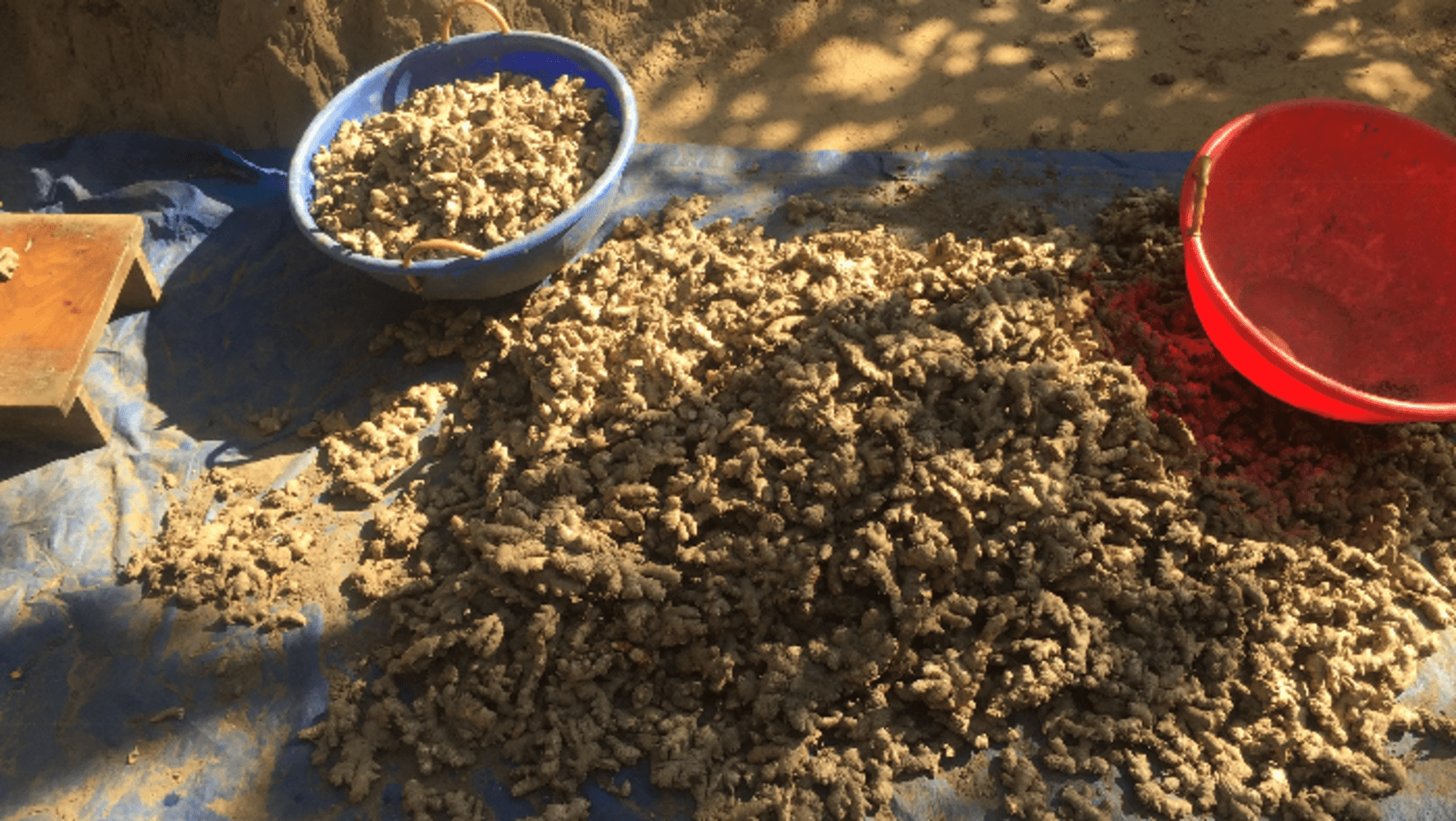
Story
Ginger root is a rhizome from the Zingiber officinale plant in the Zingiberacae family. The root-like rhizomes resemble gnarled hands as they spread under the earth. Above ground, the ginger plant itself looks like a marsh iris.
Ginger gets its name from the Gingi district near Pondichery in India. It is probably native to southern India, although ginger’s origins are not clear. Some believe ginger comes from China, others from India and Malaysia. Regardless of ginger’s true origins, ginger from Southwest India was the favorite of Arab and European traders and spice merchants at the beginning of the Renaissance.
Ginger has been used in China for over 15 centuries. Persian traders introduced it to Europe via Greece and the spice was imported to Europe by Arab traders for almost twelve centuries. During the Middle Ages, apothecaries used ginger as a tonic, an antiseptic and a cure for scurvy. This was ginger’s golden age in Europe, when the spice was less expensive than peppercorns, which would eventually overtake it in popularity when their price fell in the 18th century. The English enjoy ginger in beverages (ginger ale, gin) and desserts (cookies, gingerbread, ginger marmelade).
Ginger is used as a fresh root or a dried powder. Each has a distinctive flavor and that can complement the other in recipes.
